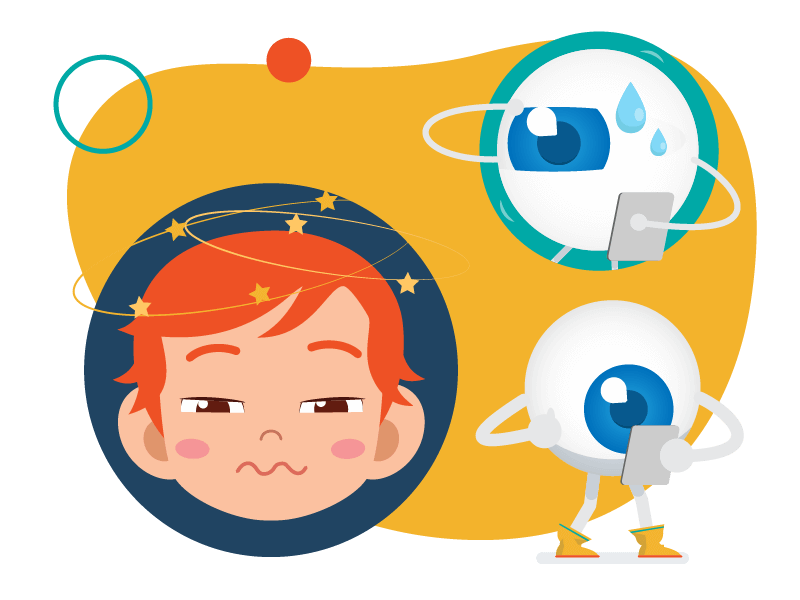One of the most promising avenues of treatment for many visual disorders in special needs children is vision therapy. This therapeutic approach involves a series of tailored exercises that address visual system issues at their core.
For instance, for a child with convergence insufficiency, amblyopia, or strabismus , vision therapy is an extremely effective treatment that can greatly benefit them. These exercises can not only improve their vision, but also enhance the child's overall quality of development and quality of life.
At Amplify EyeCare, we've witnessed the transformative effects of vision therapy on children with special needs. It not only improves their vision but often contributes to better overall cognitive and motor skills.
Learn more about vision therapy for special needs.










